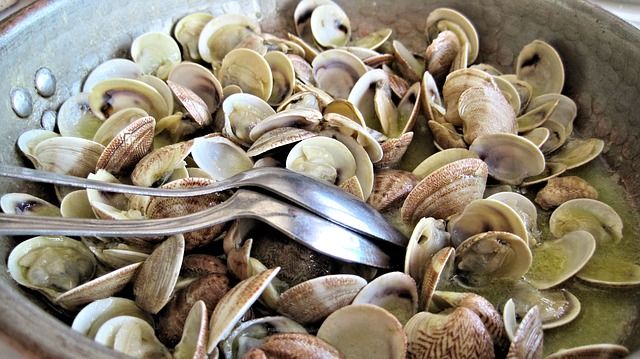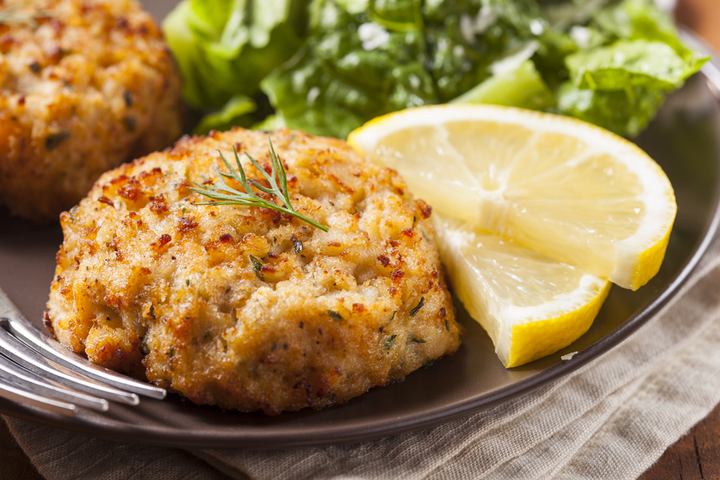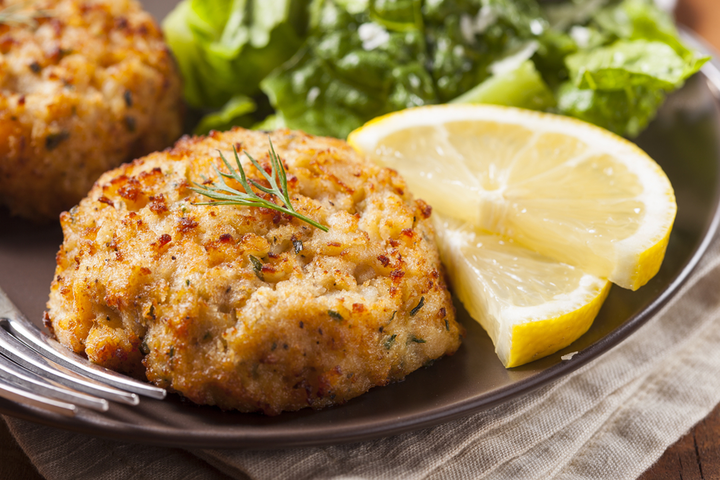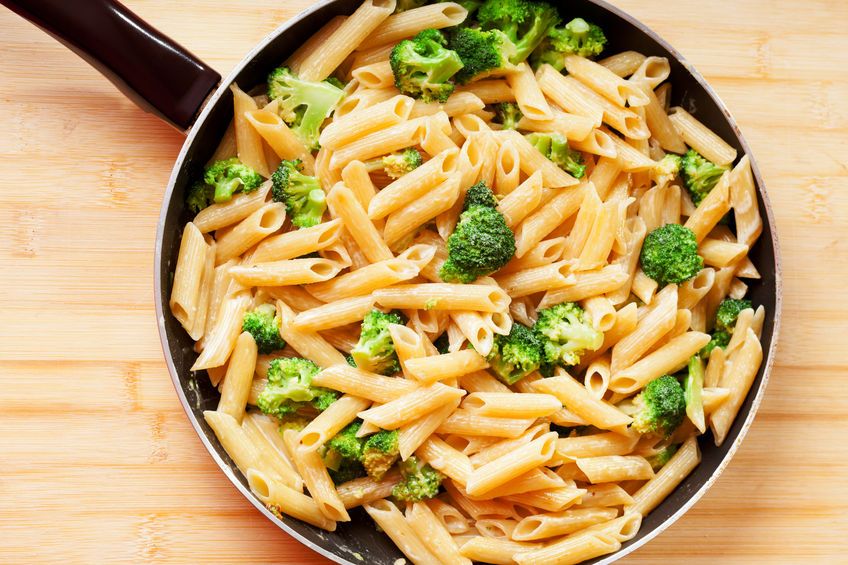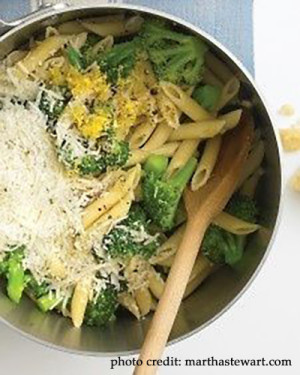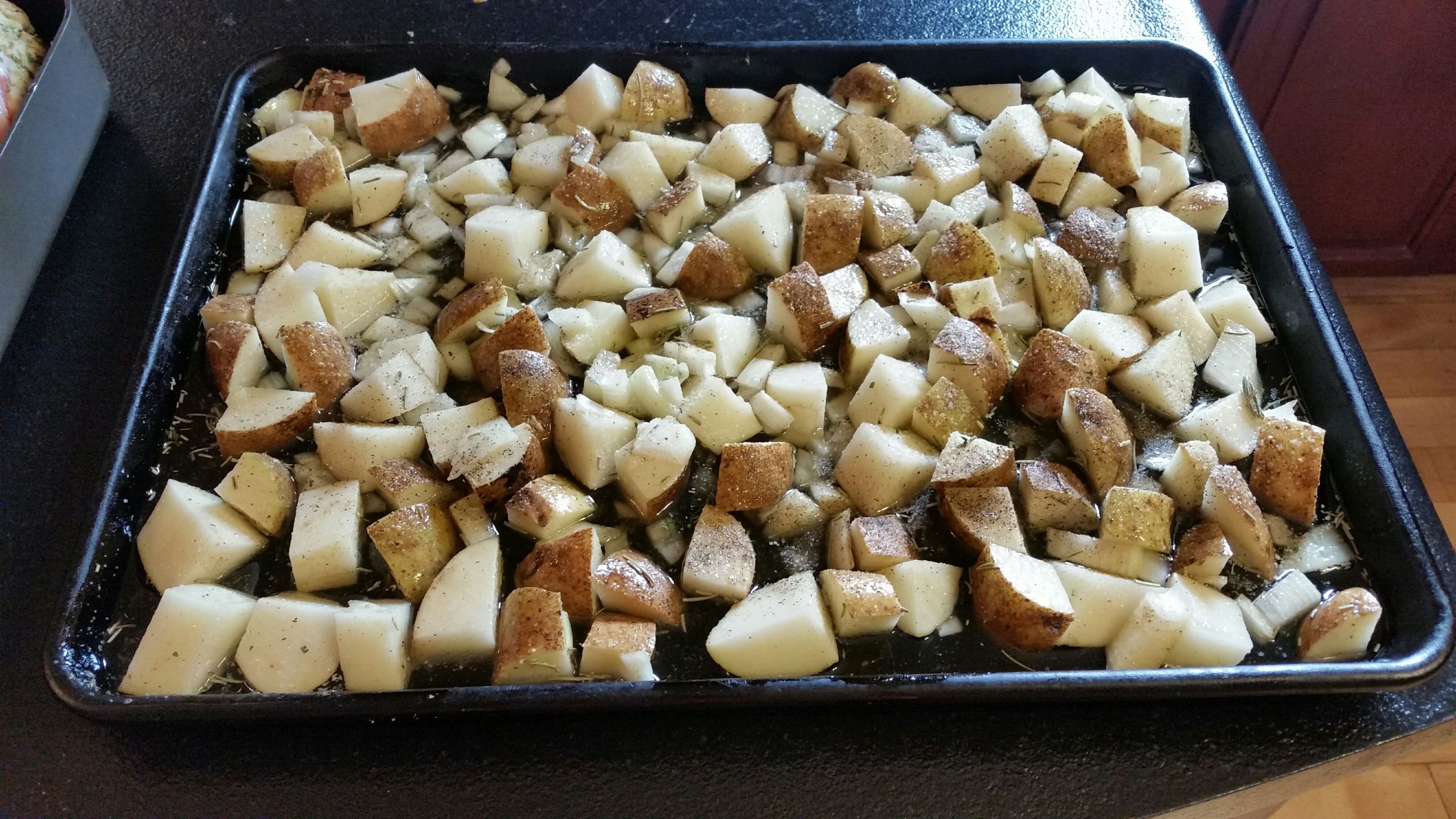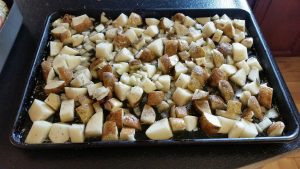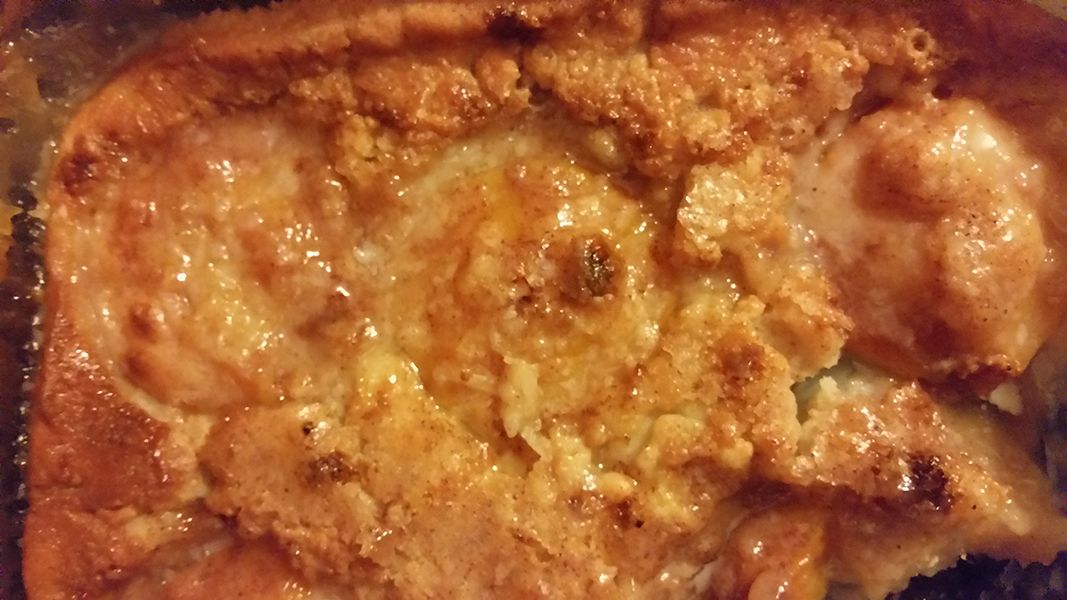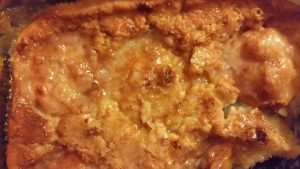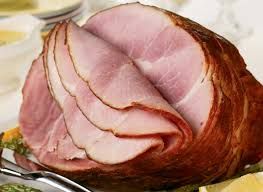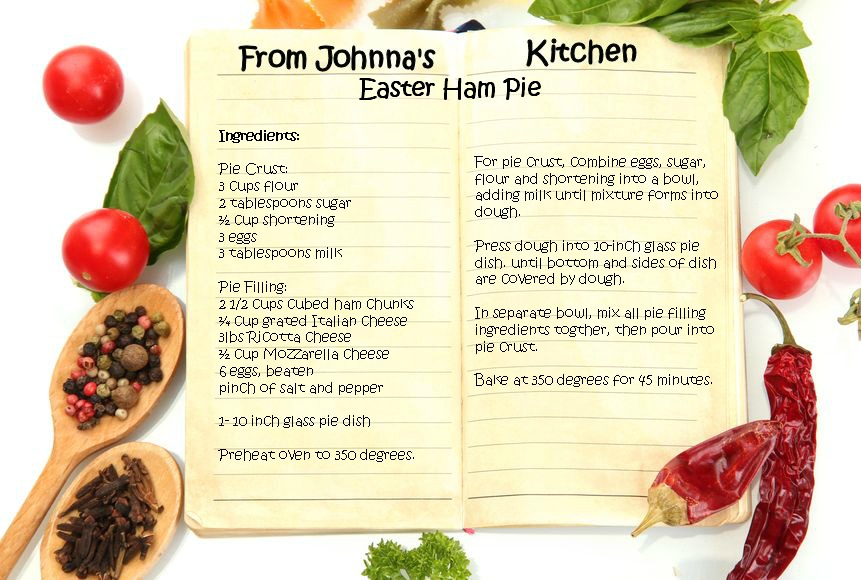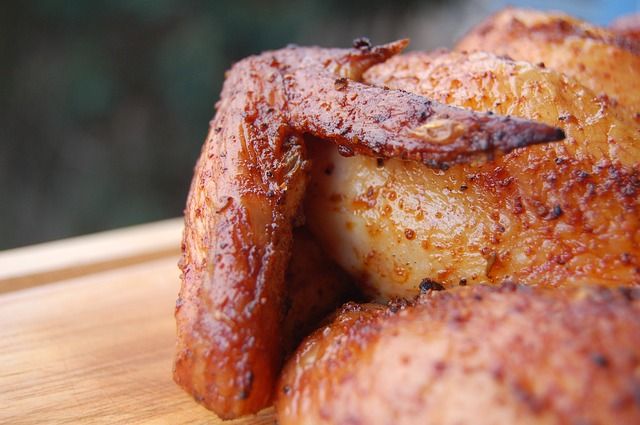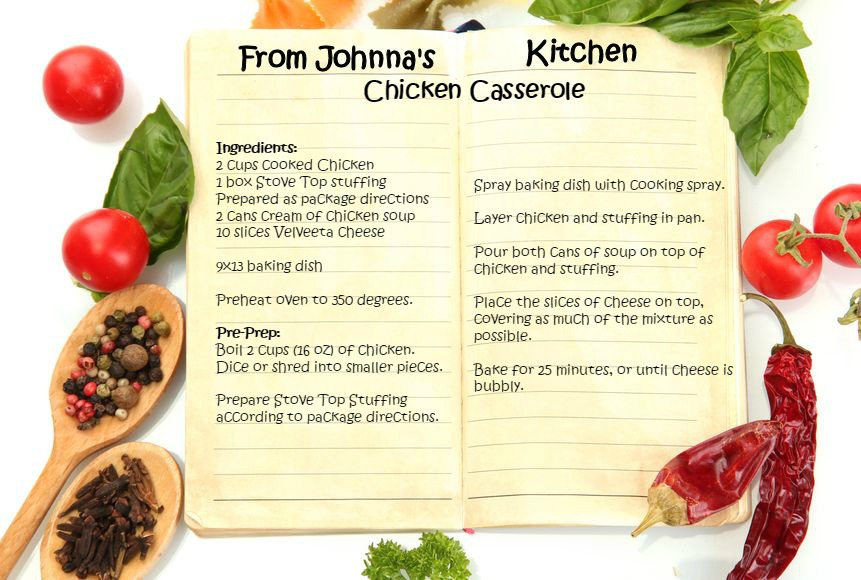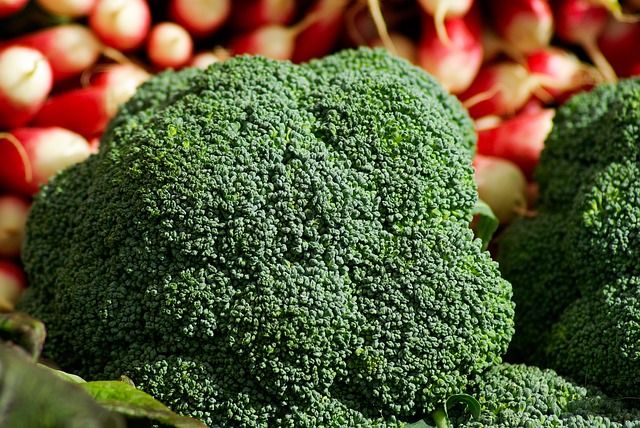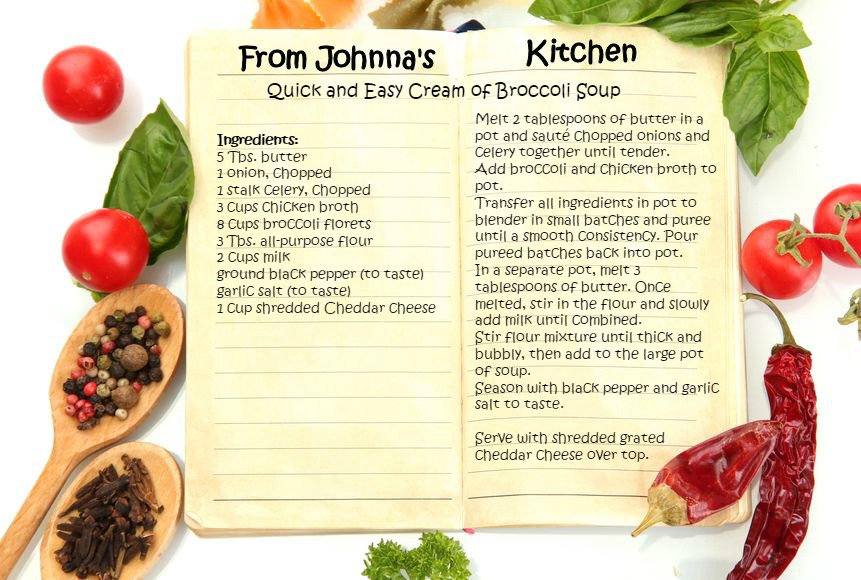From Johnna’s Kitchen: Summer Steamed Clams
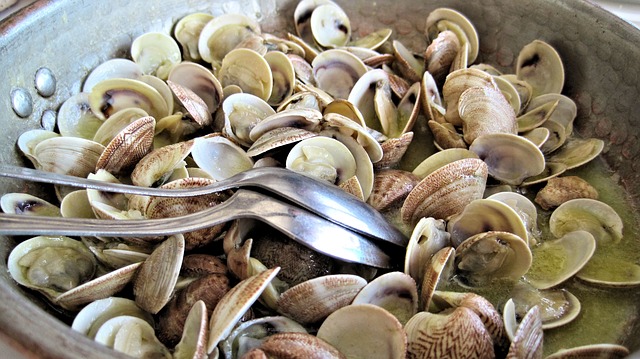
They can be found all over the beach, and are a staple at many summer parties. They’re CLAMS! This tasty mollusk has over 2,000 varieties, most of which can be prepared many different ways. Some of the most common types to the East coast are Steamers, Cockles, Quahogs, Cherrystones, Littlenecks, Topnecks, and Razor clams.
These tips from homecooking.about.com will help with the most important part; the prepping!
How to Prepare Fresh Clams
First, scrub the outside of the clams thoroughly with a stiff brush. Since clams naturally burrow in the sand, they need to be purged of grit lest crunching down on grains of sand diminish your enjoyment of this flavorful seafood. Sand should be removed before cooking by covering the clams with salt water (⅓ cup salt to 1 gallon of water) and let sit for several hours. Adding ¼ to ½ cup of cornmeal to the soaking water helps expel the dark matter and sand from the stomachs and also whitens the meat.
Clam Cooking Tips and Hints
If clams do not open after cooking, discard them, as it means they were not alive to begin with and may be contaminated with bacteria or toxins.
The smallest clams are the most desirable for eating raw. The larger they get, the tougher the meat.
Extended heat further toughens the meat, so cook gently at low heat settings.
Clams may be substituted in most oyster, scallop, and mussel recipes, and vice versa.
Directions
Scrub clams under cold running water.
Place in a kettle with a cup of water, a teaspoon of garlic salt, and (optional) a small bottle of draft beer.
Cover and Steam for 8 minutes or until all shells are open. Discard any clams whose shells did not open during the cooking process.
Serve in shells with melted butter, lemon juice, and cocktail sauce.
